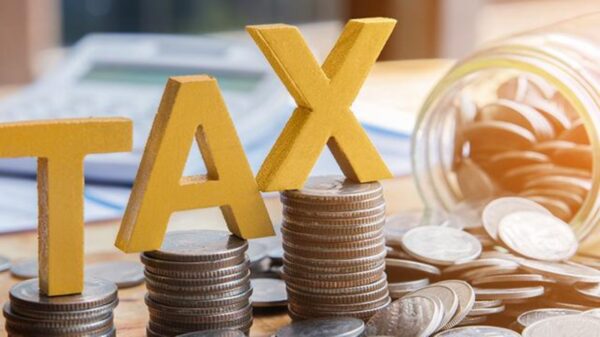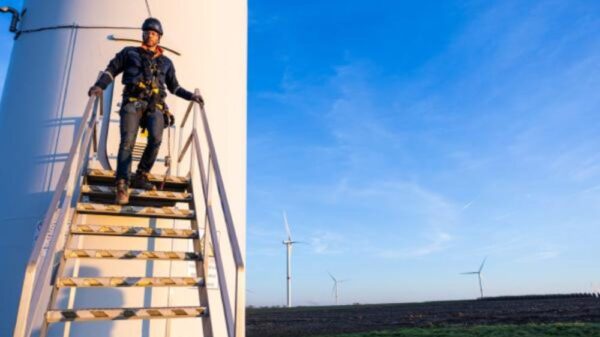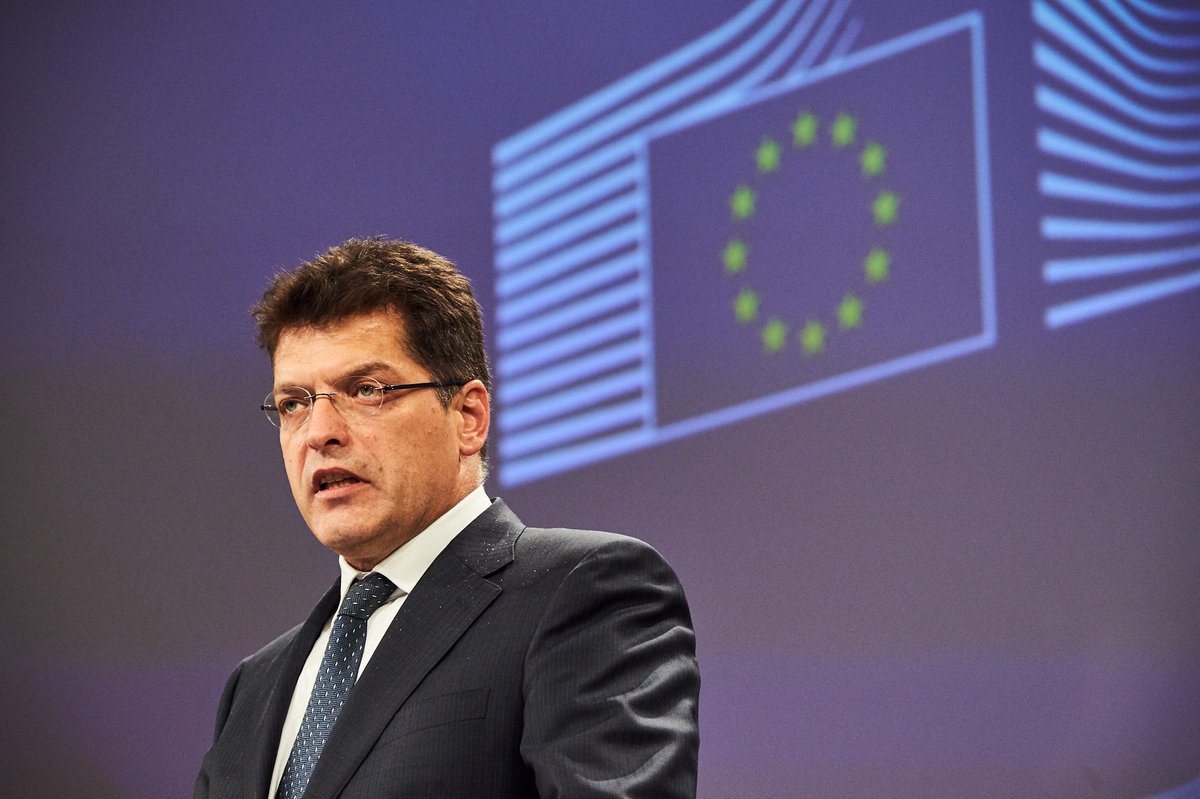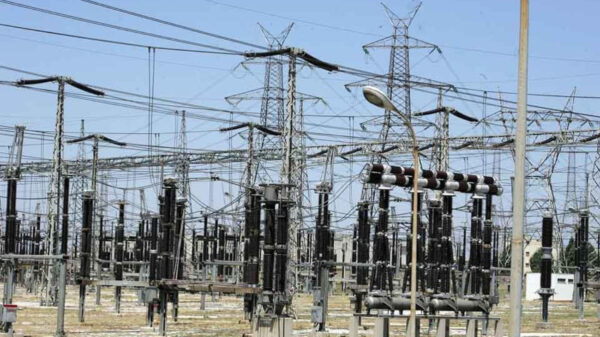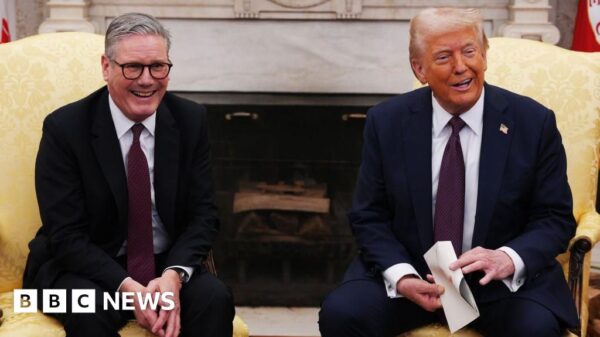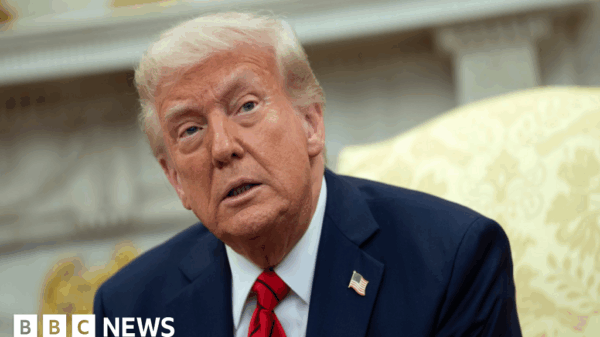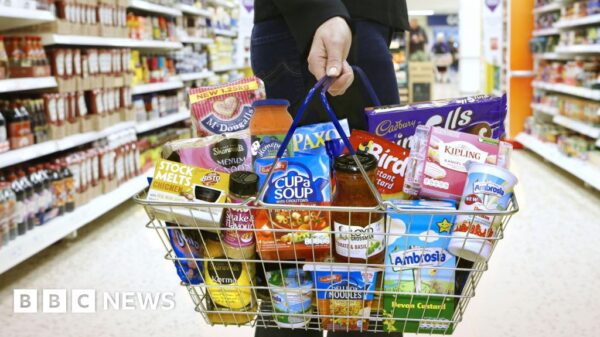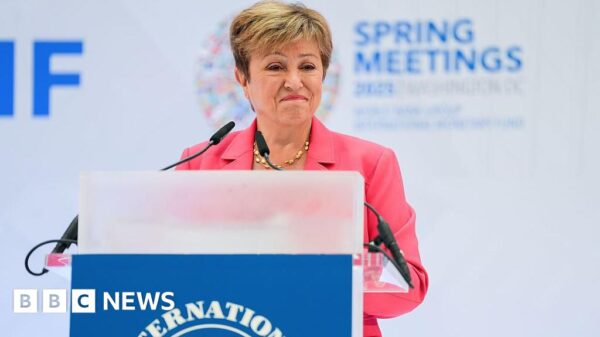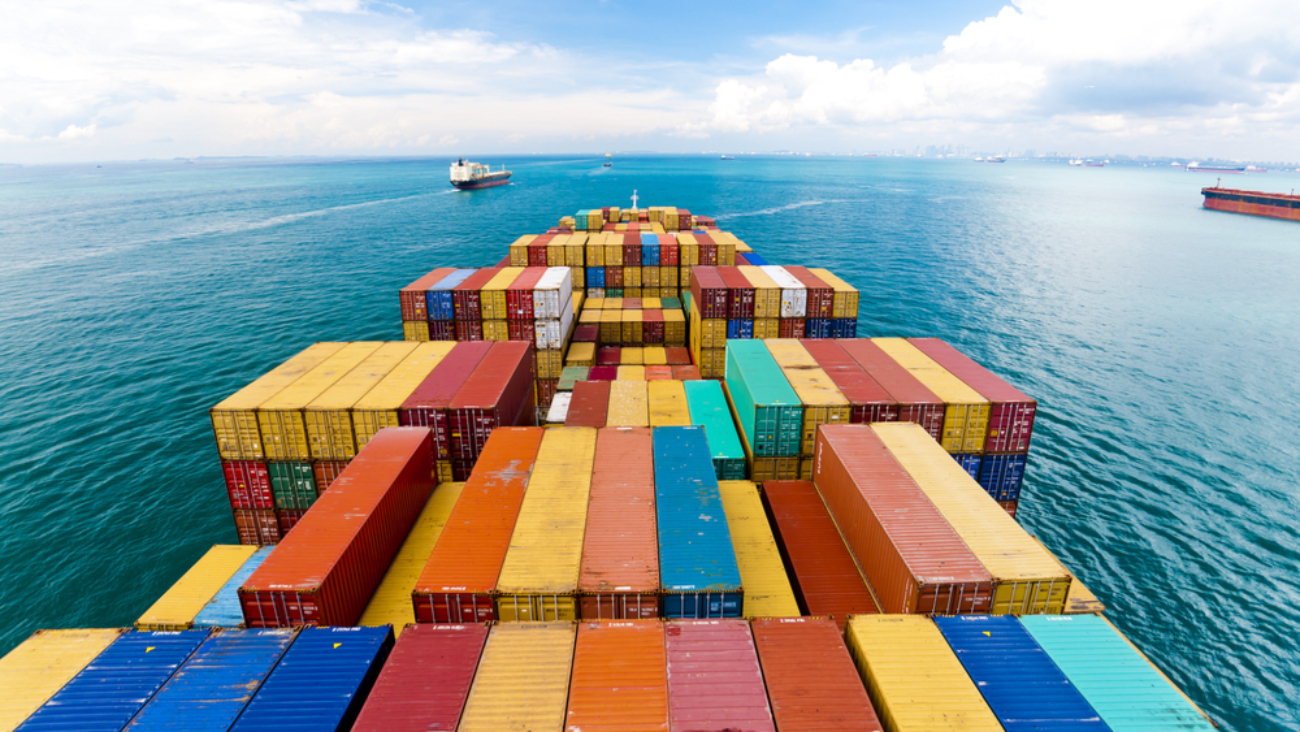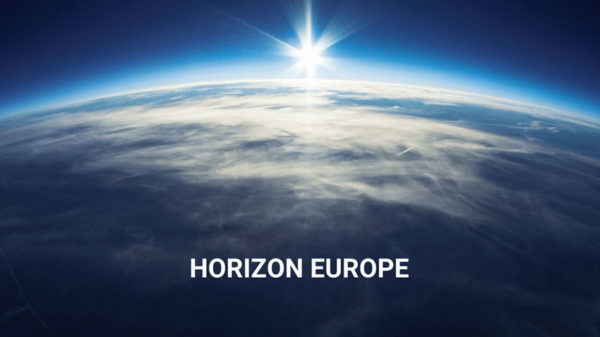In the second quarter of 2023, after six quarters of registering a deficit, the EU trade balance was back to a surplus level due to declining energy prices.
Recent trade data shows that in the second quarter of 2023, exports fell by 2.0% and imports by 3.5%, leading to a small trade surplus of €1 billion. This shows a clear improvement from the €155 billion deficit registered in the third quarter of 2022, the highest deficit level since 2019.
The decrease in extra-EU imports in the second quarter of 2023 was related to a 15.6% drop in energy and a 10.9% decrease in raw materials, compared with the first quarter of 2023. As for exports, all sectors saw a decline, except for machinery & vehicles (+2.5%). The largest export decreases were for energy (-22.5%) and raw materials (-9.3%).

Source dataset: ext_st_eu27_2020sitc
In the second quarter of 2023, the EU had a trade surplus of €15.6bn for food, drinks and tobacco and €48.5bn for chemicals.
In the second quarter of 2023, the trade balance for machinery and vehicles increased for the third consecutive quarter, reaching €52.4bn. The value is still not close to the highest value registered in the first quarter of 2019 (€60.7bn).
As for energy, the trade balance improved from a deficit of €-115.3bn in the first quarter of the year to €-100.0bn in the second quarter.
More information
- Statistics Explained article on EU international trade in goods – latest developments
- Thematic section on international trade in goods
- Database on international trade in goods
- Statistics 4 beginners: trade in goods
Methodological notes
• The figures are based on seasonally adjusted data.
If you have any queries, please visit the contact page.




